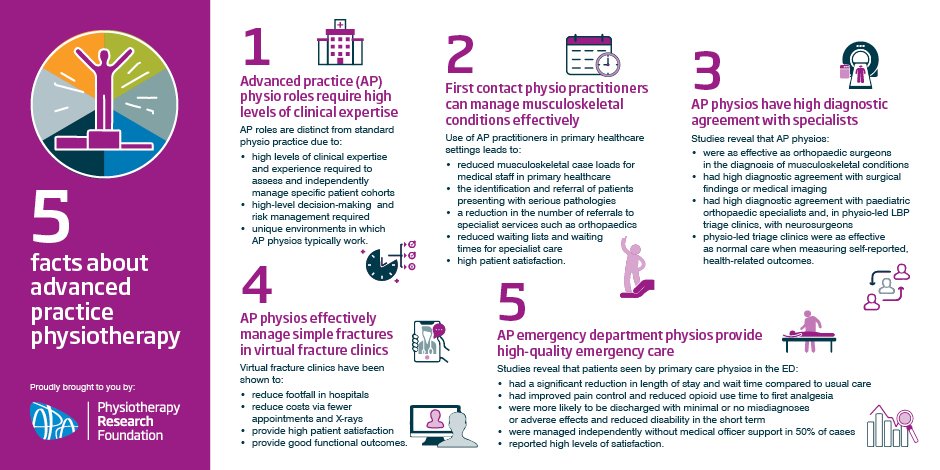Low back pain is the primary cause of disability burden in Australia (Global Burden of Disease, 2015) resulting in an annual cost of $4.8 billion to the Australian healthcare system (Arthritis and Osteoporosis Victoria 2013).
The 2018 Lancet series on low back pain (Buchbinder et al 2018, Foster et al 2018, Hartvigsen et al 2018) suggested that the societal impact of low back pain is largely due to excessive use of ineffective treatments.
This includes unnecessary imaging, over-prescription of pain medications (like opioids) and spinal surgeries, and an overemphasis on passive therapies primarily aimed at symptom relief.
Our understanding of optimal care for low back pain has evolved in recent decades (Lin et al 2020). Inappropriate utilisation of certain pain medications, prolonged bed rest, and surgical interventions are now recognised as having limited utility in most cases of low back pain (Lin et al 2020, Maher et al 2017, Chiarotto et al 2022).
Imaging should be reserved for cases where serious pathology or fractures are suspected, as routine imaging does not typically improve patient outcomes (Maher et al 2017). For the majority of cases (about 95% of presentations in certain care settings) where serious pathology is not suspected, identifying and addressing both physical and psychosocial barriers to recovery is fundamental to initial care (Lin et al 2020, Traeger et al 2021).
A clinical diagnosis of for spinal pain is not strictly reliant on radiology, and therefore, a robust physical examination is often sufficient to exclude worrisome pathology and identify likely contributing structural sources of pain. A comprehensive understanding of other non-structural contributors to pain such as poor sleep, reduced physical activity, general health and stress can also provide explanation as to why someone might be experiencing pain.
Effective care should be centred around the patient, with clinicians responding to individual circumstances, employing clear communication, and engaging in shared decision-making to determine the best course of action forward and aligning this to the patient’s preferences (Lin et al 2020). This involves providing personalised reassurance and validation to patients, along with education aimed at fostering a positive outlook regarding their condition, and guidance promoting self-management. Central to this approach is empowering patients to regain confidence in engaging with movement, physical activities, social interactions, and work (Lin et al 2020).
For patients who do not respond adequately to initial care, or who are identified through risk assessment as unlikely to respond, targeted physical and psychological therapies addressing barriers to recovery are recommended (Chiarotto et al 2022).
In short, a graded exercise therapy program can help patients gradually reintegrate normal movements and activities aligned with their personal goals. Limited-duration manual therapy may offer pain relief, but this needs to be complementary to an active management strategy (Lin et al 2020). In cases where psychosocial factors significantly impact patient presentation, referral to psychological services can be beneficial to addressing pain-promoting behaviours and thought patterns.
References:
1. Australian Burden of Disease Study: impact and causes of illness and death in Australia (2015)
2. Buchbinder R, van Tulder M, Öberg B, Costa LM, Woolf A, Schoene M, Croft P; Lancet Low Back Pain Series Working Group. Low back pain: a call for action. Lancet. 2018 Jun 9;391(10137):2384-2388. doi: 10.1016/S0140-6736(18)30488-4. Epub 2018 Mar 21. PMID: 29573871.
3. Foster NE, Anema JR, Cherkin D, Chou R, Cohen SP, Gross DP, Ferreira PH, Fritz JM, Koes BW, Peul W, Turner JA, Maher CG; Lancet Low Back Pain Series Working Group. Prevention and treatment of low back pain: evidence, challenges, and promising directions. Lancet. 2018 Jun 9;391(10137):2368-2383. doi: 10.1016/S0140-6736(18)30489-6. Epub 2018 Mar 21. PMID: 29573872.
4. Hartvigsen J, Hancock MJ, Kongsted A, Louw Q, Ferreira ML, Genevay S, Hoy D, Karppinen J, Pransky G, Sieper J, Smeets RJ, Underwood M; Lancet Low Back Pain Series Working Group. What low back pain is and why we need to pay attention. Lancet. 2018 Jun 9;391(10137):2356-2367. doi: 10.1016/S0140-6736(18)30480-X. Epub 2018 Mar 21. PMID: 29573870.
5. Lin I, Wiles L, Waller R, Goucke R, Nagree Y, Gibberd M, Straker L, Maher CG, O'Sullivan PPB. What does best practice care for musculoskeletal pain look like? Eleven consistent recommendations from high-quality clinical practice guidelines: systematic review. Br J Sports Med. 2020 Jan;54(2):79-86. doi: 10.1136/bjsports-2018-099878. Epub 2019 Mar 2. PMID: 30826805.
6. Maher C, Underwood M, Buchbinder R. Non-specific low back pain. Lancet. 2017 Feb 18;389(10070):736-747. doi: 10.1016/S0140-6736(16)30970-9. Epub 2016 Oct 11. PMID: 27745712.
7. Chiarotto A, Koes BW. Nonspecific Low Back Pain. N Engl J Med. 2022 May 5;386(18):1732-1740. doi: 10.1056/NEJMcp2032396. PMID: 35507483.



